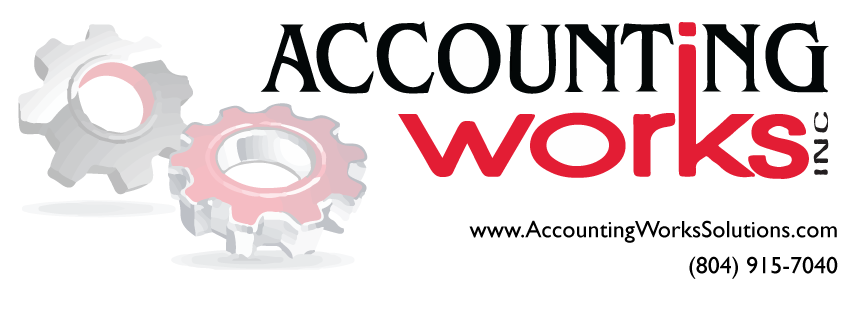As every small-business owner knows, cash flow is so vitally important to the increased success of their company. It allows the business to operate from day to day, paying vendors and employees to keep your service running smoothly. It is also the key to growth. Making investments at certain milestones in the life of your company cannot be done without cash. There are loads of excuses for not getting handle on your cash flow, from time complaints to the forecast always being ‘inaccurate.’ But it remains, that the time you spend understanding your cash flow could be the most valuable investment of all.
There is usually some degree of predictability based on industry norms. Manage your cash flow based on these norms along the lines of your business model and prior operating history. Making a forecast will help you be a better manager of the risks in growing your business. This is can be especially tough for small-business owners, as they tend to not have as much cash “elbow room" on any given day. You need to be able to predict expenses for the next 12 months, spot red flags in advance and have enough to stay afloat in financial storms.
There is no one single plan, but rather 3 scenarios to outline when creating your cash flow forecast. There are the (1)Best-case, (2)worst-case and (3)expected scenarios. Identify the key factors that effect your business and their dynamics. Sales cycles, competitors and reliability of products and services are a few of these variables. You want to be proactive about handling any obstacles along the way, rather than constantly doing damage control. You should be able to come up with a number for how much money your company will need in the next year to continue along your business plan, including when bills are due and when customers are expected to pay.
Having a forecast will also help you achieve investment goals. If you have major upcoming expenditures to grow your business, having a forecast will help you determine the best time to expand. Your three scenarios should reflect three different bottom-line numbers. You may not reach the exact goals, but creating these guidelines helps you make better decisions by understanding what you can and cannot afford.




